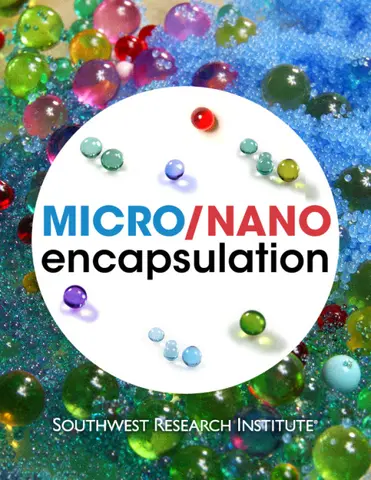Chemical encapsulation techniques typically yield particle dispersions that can be used as is or post-processed by other methods, such as spinning disk, spray drying or fluid bed to produce free-flowing powders.
Chemical Encapsulation Techniques
We have developed and use several chemical encapsulation techniques, including:
- Solvent evaporation
- In situ polymerization
- Interfacial polymerization
- Emulsion polymerization
- Simple and complex coacervation
- Layer-by-layer deposition
- Liposomes
Chemical Application
- Oil-in-water emulsions
- Water-in-oil emulsions
- Core-shell capsules or matrix particles
- Stable, high-solid dispersions
Chemical Encapsulation Characteristics
- Particle sizes from about 0.1 micron to 500 microns
- High payloads
- Uniform particle size distribution
- Scalability and high production capacity
- Batch production
Image

Join Our Mailing List
Receive special updates about workshops, training and other microencapsulation news.


